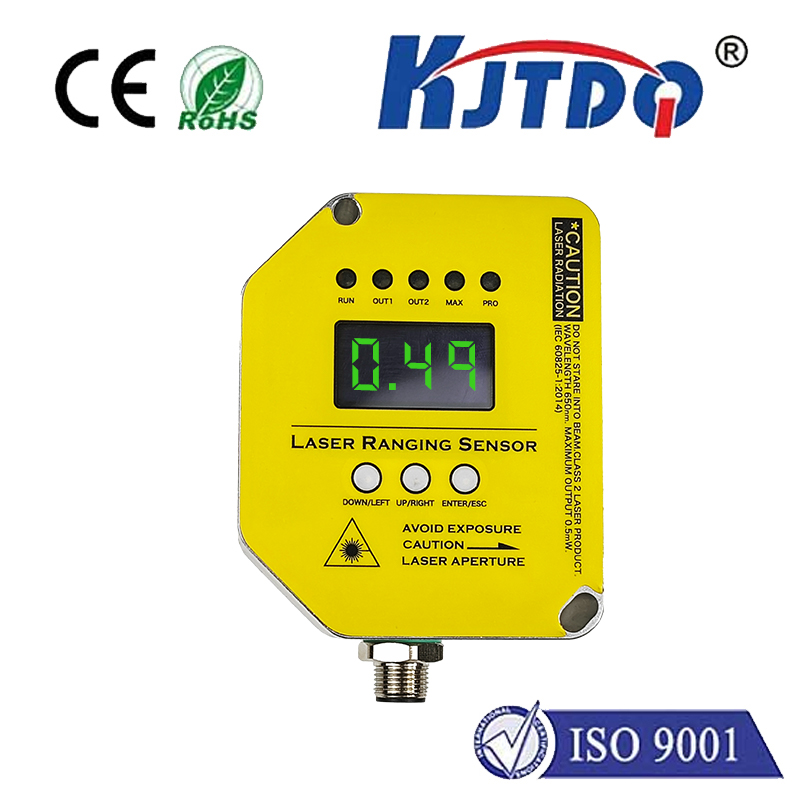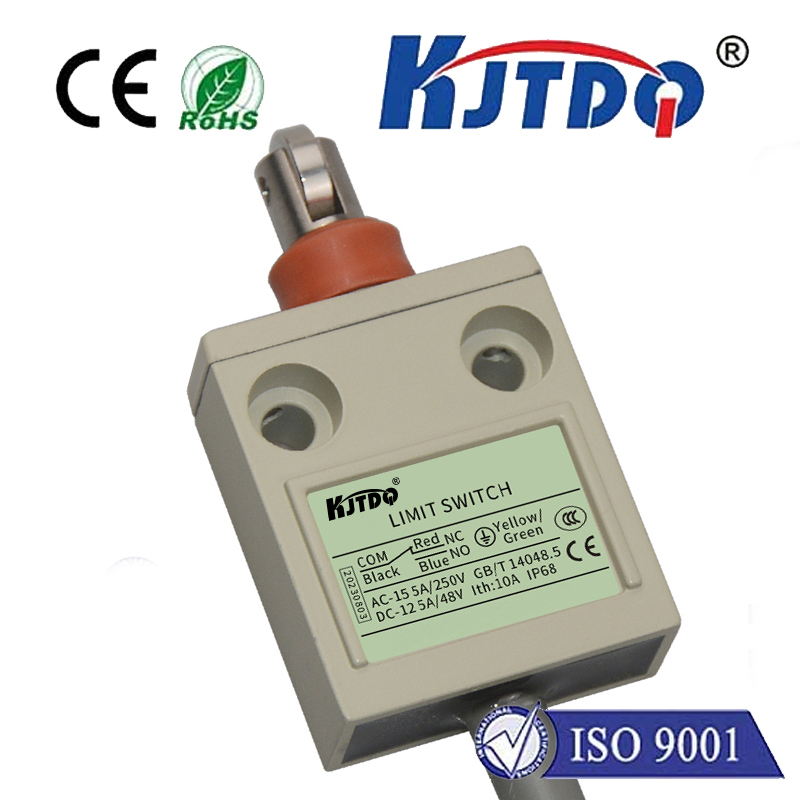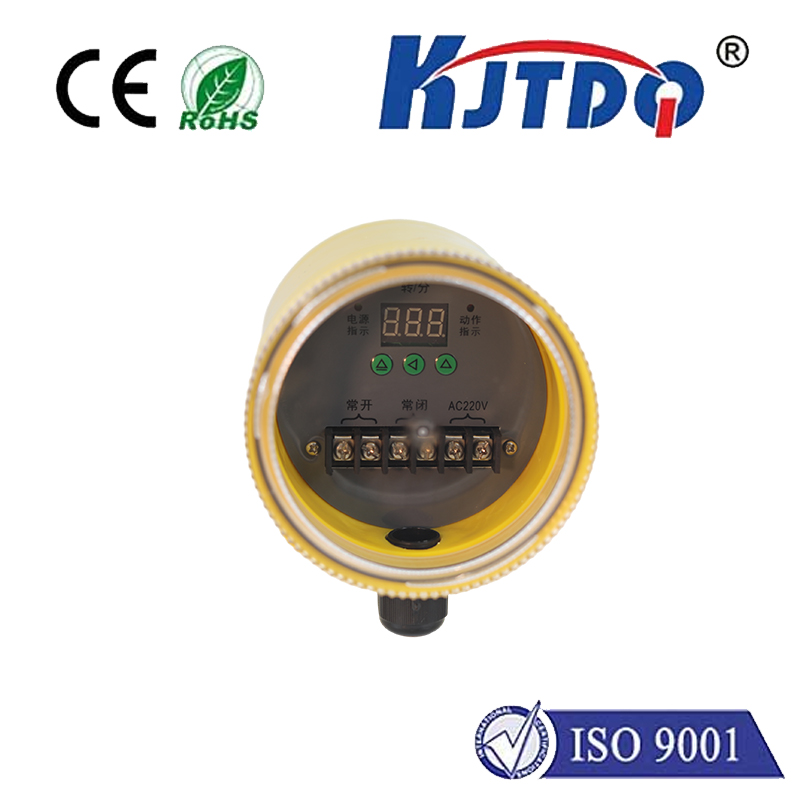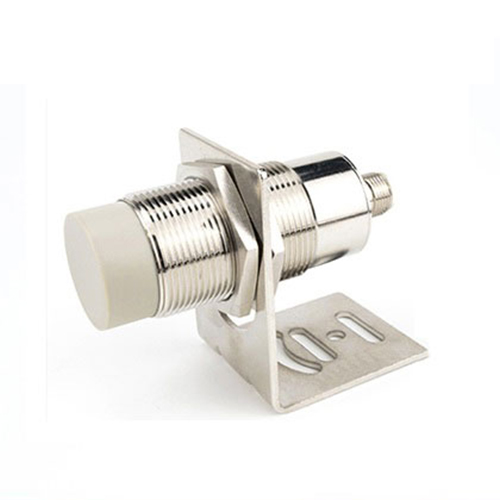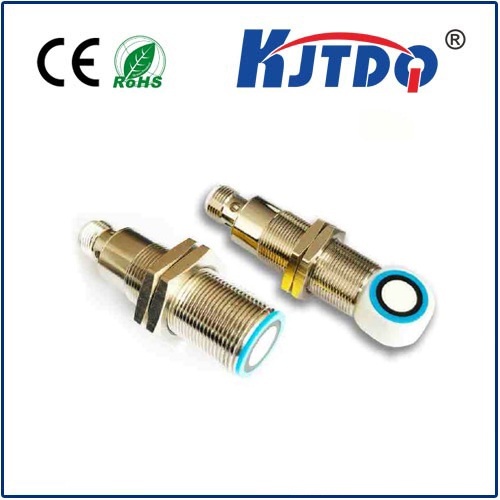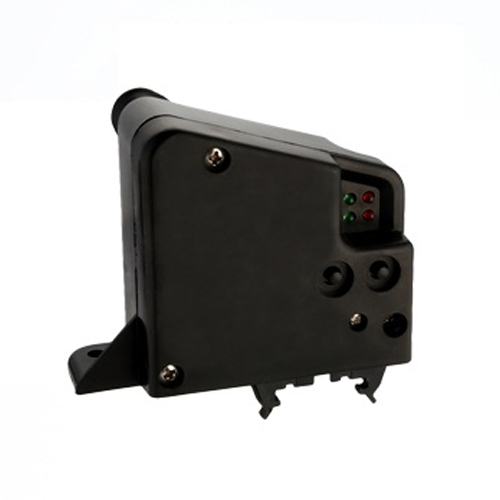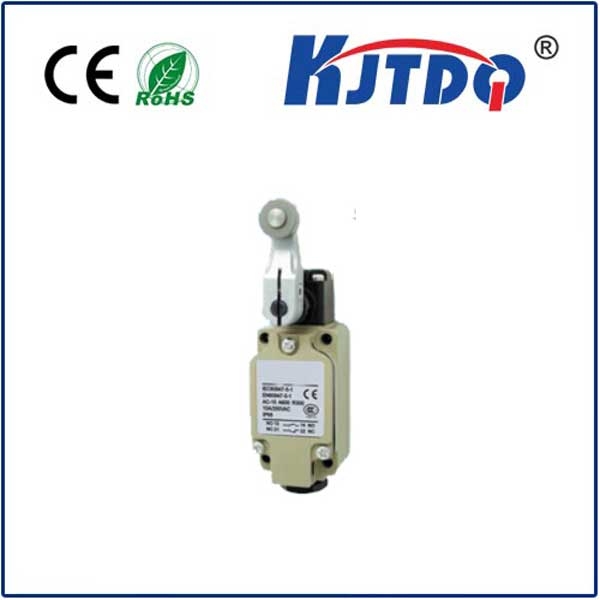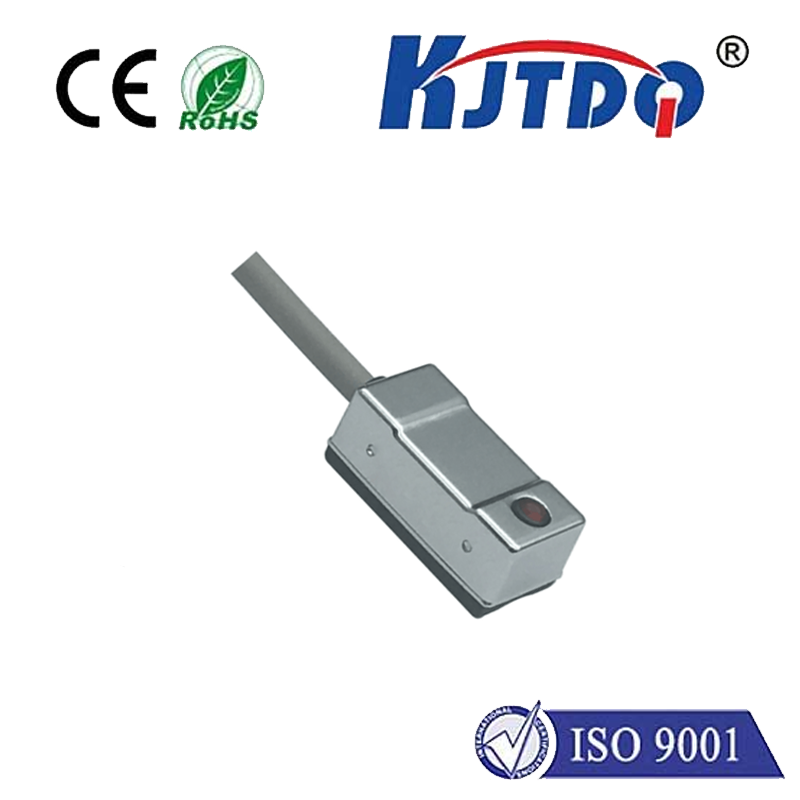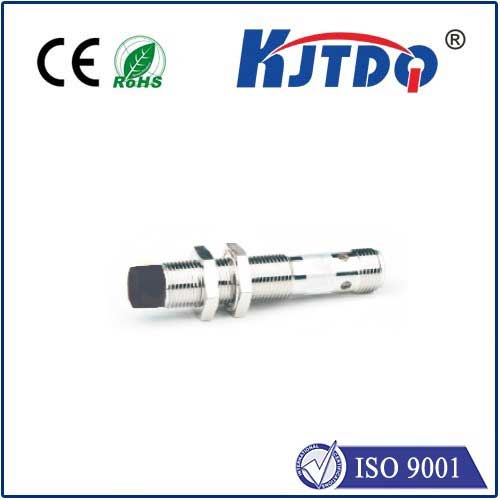

check

check

check

check

check

check

check

check

check

check
In recent years, non-contact proximity sensors have revolutionized a wide range of industries, from industrial automation to consumer electronics. These small, yet mighty devices have transformed the way we interact with our environment, providing us with accurate and reliable data without the need for physical contact. This article explores the advancements in non-contact proximity sensor technology and its diverse range of applications.
Advancements in Non-Contact Proximity Sensor Technology:
Non-contact proximity sensors have come a long way since their inception. Early versions relied on infrared or ultrasonic signals to detect distance, but modern sensors use Bluetooth Low Energy (BLE) technology to provide more accurate and stable readings. Additionally, these sensors are now capable of detecting multiple objects at once, making them ideal for applications where multiple devices must work together. Furthermore, some non-contact sensors now incorporate machine learning algorithms to improve accuracy over time.
Applications of Non-Contact Proximity Sensors:
Industrial Automation: Non-contact proximity sensors are used extensively in industrial自动化 systems to ensure equipment is operating within safe parameters. They can be used to detect when machines are running too hot or too cold, when parts need to be replaced, or when hazardous materials are present.
Consumer Electronics: In consumer electronics, non-contact proximity sensors are used to control home appliances and wearable devices. For example, a smartwatch can use a proximity sensor to detect when the user's hand is approaching the watch, triggering a notification. Similarly, a coffee maker can use a proximity sensor to turn itself off after a period of inactivity.
Healthcare: In healthcare, non-contact proximity sensors are being used to monitor patients remotely. For instance, a patient with chronic conditions may wear a device that uses a proximity sensor to detect when they have been sitting still for too long, alerting medical staff if necessary.
Security: Non-contact proximity sensors are also useful in security systems. For example, door access control systems can use proximity sensors to determine whether an individual has valid access rights.
Conclusion:
Non-contact proximity sensors are changing the way we live and work. Their ability to provide accurate and reliable data without physical contact makes them invaluable in a wide range of industries and applications. As technology continues to advance, it is likely that these sensors will become even more ubiquitous, helping us navigate our world in new and meaningful ways.
